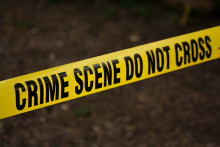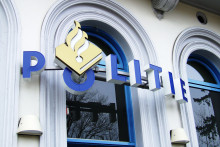Bruijns, who has conducted her PhD research at the UT group Mesoscale Chemical Systems, talks of the motivation behind her work: ‘A lot of samples collected at crime scenes and sent to the forensic lab don’t result in any DNA profile. It’s impossible to see whether or not there is DNA present. I wanted to develop a DNA test comparable to a common pregnancy test, something that the investigator could use to quickly see if the sample contains human DNA.’
The scientist explains that the police currently need to rely only on ‘experience and gut feeling’. ‘They traditionally collect samples using a cotton swab. In some cases it’s easy to see where to collect the sample, such as if there is a pool of blood. However, even then you can’t be sure you will get a DNA profile. And then there are the samples that are hard to find – dried saliva or epithelial cells, for instance.’ A device that investigators could carry with them to directly test if their sample has DNA in it would therefore be very useful.
‘Unfortunately we came across a lot of challenges and ran out of time, so I didn’t manage to make the device,’ says Bruijns. ‘One of the main issues we’d need to overcome is speed. The device would need to give results within half an hour. It would be possible to continue the research but sadly, due to a lack of funding, I can’t go on with it now. But I’m sure the device could be created.’







